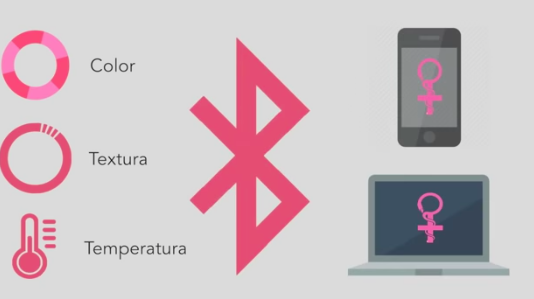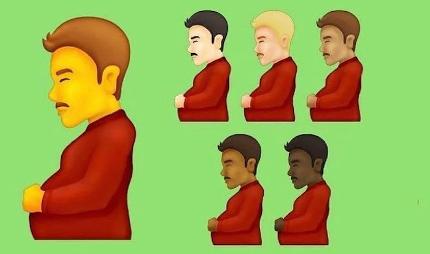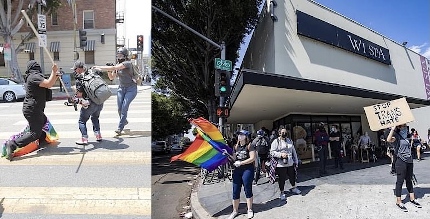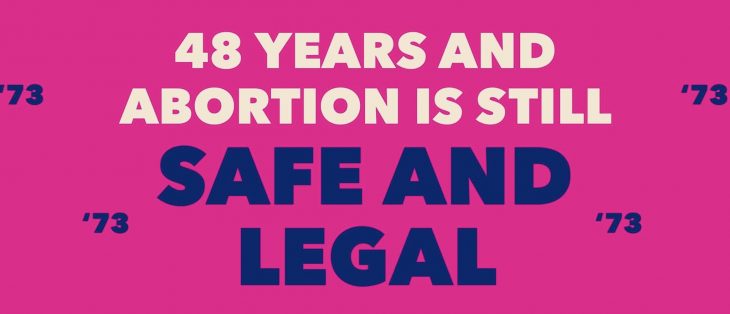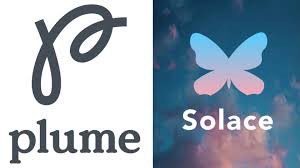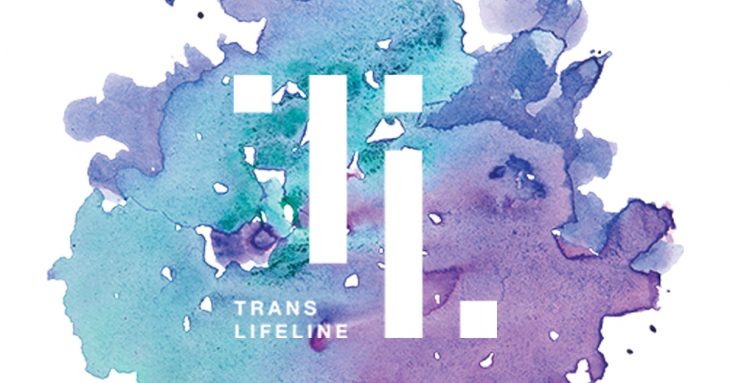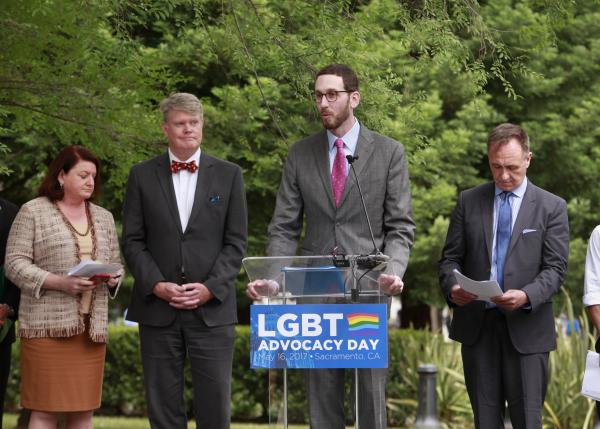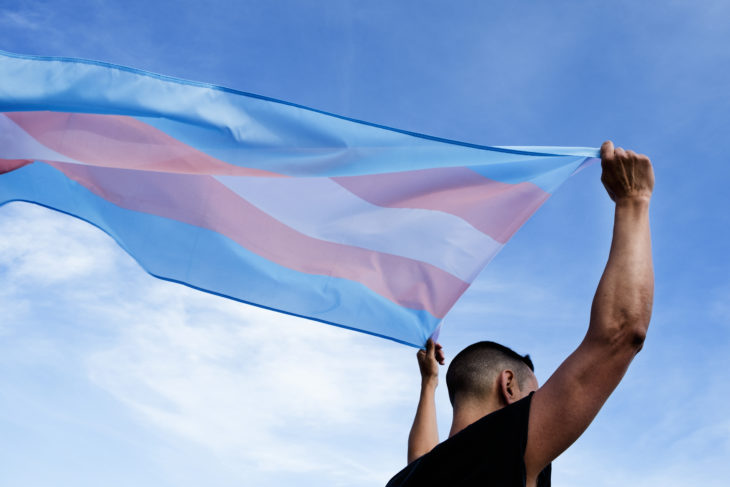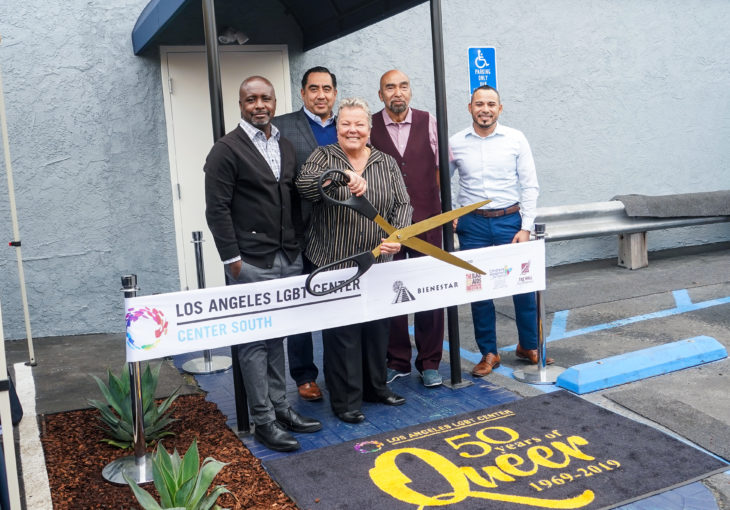When Julia Louis-Dreyfus tweeted out her breast cancer diagnosis last week, she took care to mention that one in eight women is at risk for the illness. While the disease is widespread, technology has had a hard time keeping up. When 18-year-old Julian Rios Cantu helped his mother through a cancer diagnosis and double mastectomy, he decided to take action. He was only 13 years old when his mother almost died from late-detected breast cancer and five years later he created Eva, a bra that can detect breast cancer in early stages.
Cantu and his three friends co-founded their company Higia Technologies, which won the top prize at the Global Student Entrepreneur Awards. The prize allowed his project for the Eva bra to be funded and come to fruition.

18-year-old Julian Rios Cantu has developed a new technology that uses heat sensors to detect cancer.
Although the bra is only in its proto stages, it makes a huge leap in cancer research and prevention. The Eva bra works by detecting the temperature levels of both breasts. Often when someone’s breast is affected by cancerous cells, it can increase blood flow and rise in temperature, which the Eva bra will pick up on. Users only need to wear the bra for 60-90 minutes a week in order to test for measurements. Yet, according to Cantu, the breasts would have to be in the same position during each measurement.
The Eva bra is innovative and a great way for young people like Cantu to think toward creating such technologies, the bra still has to go through rigorous testing in order to be considered for use. Even so, the news of such an invention brings light to the symptoms and abnormalities that can be precursors or indicators of breast cancer. Anna Perman from Cancer Research UK urged people to let their physicians know immediately of any unusual findings from bumps on the breast to redness to chest pain in her interview with BBC. Even then, cancer can go undetected, as was the case with Cantu’s mother after a doctor initially told her the lump she found was not malignant until a second mammogram found results that stated otherwise six months later and ended up removing both of her breasts. Since the bra uses heat to detect abnormalities and lumps, it’s possible that in later iterations the bra could be used for people of all genders to detect breast cancer. Since folks across the LGBTQ+ spectrum are at risk for contracting the breast cancer, including gay men and transgender individuals, the Eva bra’s technology could end up being extremely beneficial for the community at large.
Cantu hopes his Eva bra will be available and ready for the public as early as the end of next year.

